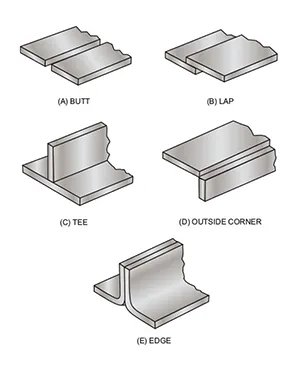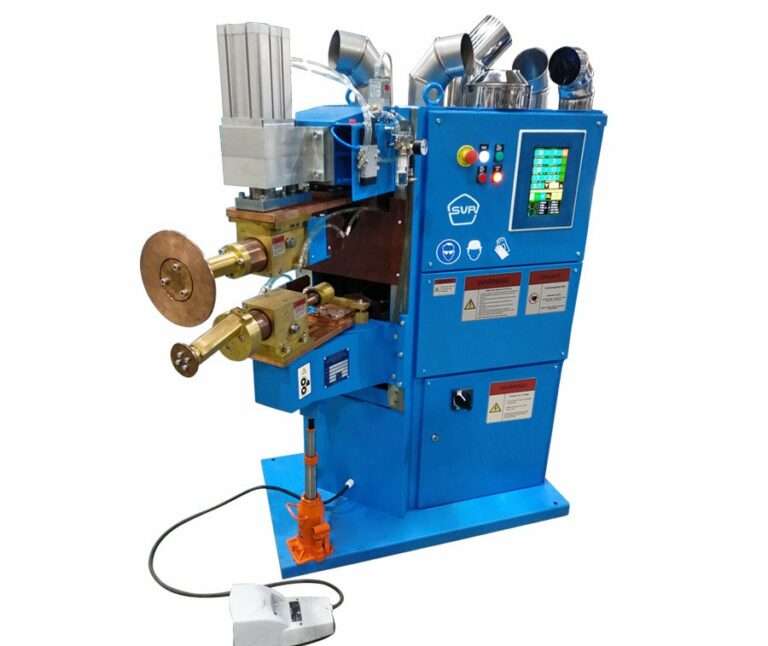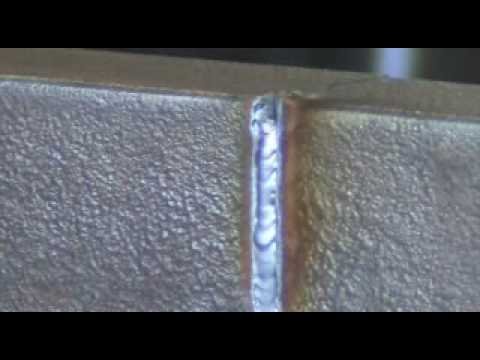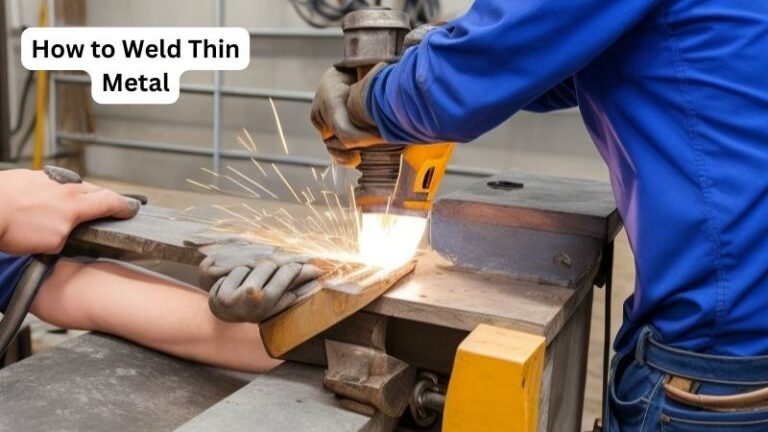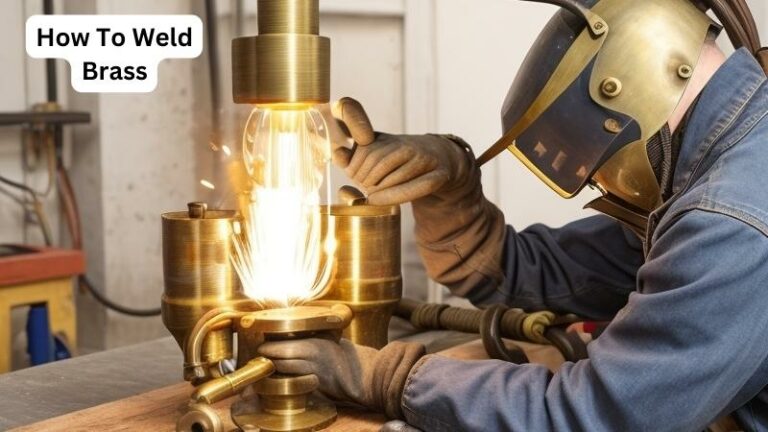Beginner’S Guide: How To Weld Butt Joints
Looking to hone your welding skills? Wondering how to weld butt joints seamlessly? You’ve come to the right place! Welding butt joints is a fundamental technique in metalworking that involves fusing two pieces of metal together at their edges. In this article, we’ll walk you through the process step by step, providing valuable tips and tricks along the way. So, grab your welding gear and get ready to dive into the world of butt joint welding. Let’s get started!
How to Weld Butt Joints
Welding is a fundamental skill in metal fabrication, allowing two or more metal pieces to be joined together permanently. Butt joints are one of the most common types of welds used in various applications, including construction, automotive, and manufacturing industries. In this comprehensive guide, we will walk you through the process of welding butt joints, providing step-by-step instructions, safety precautions, and tips for achieving strong and durable welds.
Understanding Butt Joints
Before diving into the welding process, it’s essential to understand what butt joints are and how they work. Butt joints are formed when two metal pieces are placed together, end-to-end, with no overlap or gap. This type of joint is commonly used when joining two flat or curved metal surfaces.
The Advantages of Butt Joints
Butt joints offer several advantages in welding applications, including:
- Strong and durable connections: When properly welded, butt joints provide strong and secure connections between metal pieces.
- Reduced material waste: Since there is no overlap or gap, butt joints help minimize material waste during welding.
- Clean appearance: Butt joints create a clean and visually appealing weld, especially when done correctly.
- Easier to prepare: Compared to other joint types, butt joints are generally easier to prepare and align before welding.
The Challenges of Butt Joints
While butt joints offer many advantages, they also present certain challenges during the welding process. Some common challenges include:
- Reduced joint strength: Improperly welded butt joints can lead to reduced joint strength, compromising the integrity of the overall structure.
- Difficult alignment: Achieving proper alignment between the two metal pieces can be challenging, particularly when dealing with thick materials or complex geometries.
- Potential for distortion: Heat generated during welding can cause the metal to expand and contract, leading to distortion in the joint or surrounding areas.
Preparing the Butt Joint
Proper preparation is crucial for successful welding. Follow these steps to prepare the butt joint before welding:
Clean the Metal Surfaces
Before welding, it’s essential to clean the metal surfaces to remove any dirt, rust, or oil that may hinder the welding process. Use a wire brush or grinder to clean both sides of the joint thoroughly. Additionally, ensure that the surfaces are free from any paint or coatings.
Bevel the Edges
In some cases, beveling the edges of the metal pieces can help improve the weld’s strength and penetration. Use an angle grinder or a specialized beveling machine to create a V-groove or U-groove on each side of the joint. The groove’s depth and angle may vary depending on the thickness and type of metal being welded.
Align the Metal Pieces
Proper alignment of the metal pieces is crucial for achieving a strong weld. Use clamps or welding fixtures to hold the metal pieces in place while aligning them. Take care to ensure that the joint’s edges are flush and even, as any gaps or misalignment can result in weak welds.
Choosing the Right Welding Process
There are various welding processes available, each with its advantages and applications. The choice of welding process for butt joints depends on factors such as the metal type, joint thickness, and desired weld quality. Here are a few commonly used welding processes for butt joints:
Shielded Metal Arc Welding (SMAW)
Shielded Metal Arc Welding, commonly known as stick welding, is a popular welding process for butt joints. It utilizes a consumable electrode coated in flux to generate the arc and create the weld. SMAW is versatile, suitable for welding various metals and thicknesses, making it a widely used technique.
Gas Metal Arc Welding (GMAW)
Gas Metal Arc Welding, also known as MIG welding, is another commonly used process for butt joints. It involves feeding a continuous wire electrode through a welding gun, along with a shielding gas, to create the weld. GMAW is known for its efficiency and speed, making it ideal for high-production welding.
Flux-Cored Arc Welding (FCAW)
Flux-Cored Arc Welding is similar to GMAW but utilizes a tubular electrode filled with flux instead of a solid wire. FCAW offers higher welding speeds and better maneuverability, making it a suitable choice for outdoor applications or welding thicker materials.
Welding the Butt Joint
Once the preparation and welding process selection are complete, it’s time to proceed with welding the butt joint. Follow these steps to ensure a successful weld:
Ensure Proper Welding Safety
Before beginning the welding process, always prioritize safety. Wear appropriate personal protective equipment (PPE), including a welding helmet, gloves, long-sleeved clothing, and safety glasses. Ensure you are working in a well-ventilated area or utilize fume extraction systems to protect yourself from harmful fumes and gases generated during welding.
Set Up and Adjust the Welding Equipment
Set up the welding equipment according to the chosen welding process. This includes adjusting the voltage, wire speed, shielding gas flow rate, and other parameters specific to the welding process and metal being welded. Consult the equipment manufacturer’s guidelines for recommended settings.
Start the Welding Process
Begin by striking an arc on one side of the joint using the selected welding process. Gradually move along the joint, maintaining a consistent travel speed and electrode angle. Ensure that the weld pool adequately penetrates the base metal.
Fill the Joint
As you progress along the joint, continuously add filler material to fill the joint fully. The filler material should be compatible with the base metal and match its composition or mechanical properties. The amount of filler material required depends on the joint’s thickness and welding process being used.
Control Heat Input
Managing heat input during welding is crucial to prevent distortion and achieve a quality weld. Avoid overheating the joint by controlling the arc’s length, adjusting the amperage, and using proper welding techniques. Excessive heat can lead to warping, cracking, or reduced joint strength.
Ensure Proper Penetration
Proper penetration is essential for the weld’s strength. The weld bead should fully penetrate the joint, ensuring strong fusion between the base metal and filler material. Insufficient penetration can result in weak or incomplete welds.
Post-Welding Inspection and Finishing
After completing the weld, it’s important to perform post-welding inspections to ensure the joint’s quality and integrity. Here are some essential steps to follow:
Visual Inspection
Conduct a thorough visual inspection of the weld to check for any visible defects such as cracks, porosity, or incomplete fusion. Use proper lighting and magnification if required. Address any issues before proceeding.
Non-Destructive Testing (NDT)
If the joint’s criticality demands it, perform non-destructive testing, such as X-ray, ultrasonic, or magnetic particle testing, to detect any internal defects that are not visible to the naked eye. NDT helps ensure the weld’s integrity and compliance with industry standards.
Grinding and Finishing
If required, use a grinder or other appropriate tools to smoothen the weld bead, ensuring a visually appealing finish. Take care not to remove excessive material or compromise the joint’s strength. Remove any slag or spatter created during the welding process.
Mastering the art of welding butt joints is essential for any aspiring welder or metal fabricator. By following the proper preparation, selecting the appropriate welding process, and executing the welding techniques carefully, you can achieve strong and durable welds in butt joints. Remember to prioritize safety throughout the process and perform post-welding inspections to maintain the highest standards of quality. With practice and experience, you can become proficient in welding butt joints and tackle a wide range of metal fabrication projects.
How to Weld a Butt Joint – Kevin Caron
Frequently Asked Questions
What is a butt joint in welding?
A butt joint in welding refers to the joining of two pieces of metal along their edges in a perpendicular or near-perpendicular orientation. It is one of the most common types of joints used in welding.
What equipment do I need to weld butt joints?
To weld butt joints, you will typically need a welding machine (such as a MIG, TIG, or stick welder), welding electrodes or filler wire, a welding helmet, welding gloves, a clamp or vice to hold the workpieces in place, and appropriate safety equipment like goggles and protective clothing.
What is the process for welding butt joints?
The process for welding butt joints involves the following steps:
1. Clean the metal surfaces to be welded to remove any dirt, rust, or contaminants.
2. Secure the workpieces in place using clamps or a vice.
3. Set up and adjust your welding machine according to the type of metal and desired welding process.
4. Position the welding electrode or filler wire at the joint and apply heat to melt the metal.
5. Move the electrode or filler wire along the joint, gradually filling the gap and creating a strong bond.
6. Allow the weld to cool down gradually to avoid potential cracks or deformations.
What are some common challenges in welding butt joints?
Some common challenges in welding butt joints include achieving proper penetration, avoiding excessive heat build-up, controlling the speed and angle of the weld, and preventing distortions or warping of the metal. It is important to practice proper technique and follow welding guidelines to overcome these challenges.
What are some tips for achieving strong butt joint welds?
Here are some tips to achieve strong butt joint welds:
1. Ensure proper fit-up of the workpieces, with minimal gaps and misalignments.
2. Use the appropriate welding process and electrode/filler wire for the metal type.
3. Maintain a consistent welding speed and angle.
4. Control the heat input to prevent overheating or underheating.
5. Practice good bead control and ensure proper fusion between the base metal and the filler material.
6. Perform post-weld inspections and follow any necessary grinding or finishing steps to ensure the integrity of the weld.
What safety precautions should I take when welding butt joints?
When welding butt joints, it is important to follow these safety precautions:
1. Wear appropriate personal protective equipment (PPE) such as a welding helmet, gloves, and protective clothing.
2. Ensure proper ventilation in the workspace to minimize fume and gas exposure.
3. Keep a fire extinguisher nearby and be aware of potential fire hazards.
4. Avoid welding in confined or flammable spaces.
5. Regularly inspect and maintain your welding equipment to ensure safe operation.
6. Follow all safety guidelines provided by the welding machine manufacturer and local regulations.
Final Thoughts
In conclusion, mastering the art of welding butt joints is essential for any aspiring welder. By following the steps outlined in this article, you can ensure strong and durable connections in your welding projects. Remember to properly prepare the joint, select the appropriate welding process and technique, and exercise caution to avoid common mistakes. With practice and attention to detail, you can become proficient in welding butt joints, allowing you to confidently tackle a wide range of fabrication tasks. So, whether you are a beginner or an experienced welder, don’t overlook the importance of understanding and perfecting this fundamental welding technique.
